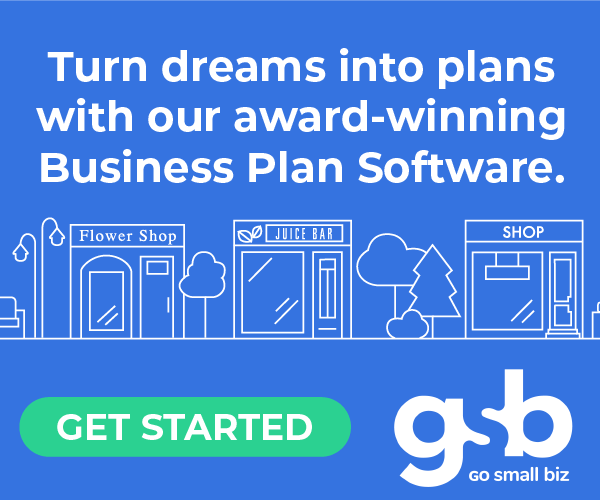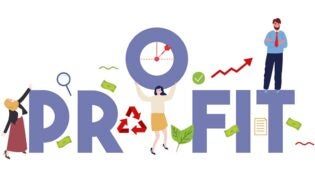
In this world of high speed communication and 140 character limits, we seem to have become infatuated with short forms and acronyms. It isn’t too hard to draw the comparison between our communications today and the game of horseshoes. In other words, we use vocabulary with less precision than a given word actually conveys, but that’s okay because getting close seems to be good enough.
Or is it?
What has this got to do with pricing you might ask? We invariably talk about the cost or price of a product or service that we are either buying or selling. However, when we are ‘on our game,’ B2B we’ll use the word investment or introduce the idea of value. Unfortunately, old habits die hard and it is very easy to forget to reinforce the result that one can achieve from an investment that has been made.
Now, we might ask ourselves, “what’s the big deal?” In my mind, the big deal results when we think about the behavior and attitude that are generally attached to the words cost and investment.
Costs are generally meant to be controlled. Costs tend to be something that we either want to avoid, reduce or, at a minimum, hold constant. The word cost tends to cause us to think in terms of such adjectives as “expensive.” If ‘how much does this cost‘ is an early question asked by the prospect, then chances are we have not established our value proposition with this person. It will also be difficult for us to know how to clearly articulate our value proposition if we have not identified the emotion that underlies a prospect’s initial interest in our product or service. Without this knowledge, we are simply ‘pulling on levers’ without knowing if the levers are connected to anything of meaning to the prospect.
So, we’ll be in a much better position if we not only understand the prospect’s stated need, but also the underlying emotional reason for this need. With this understanding firmly in hand, we can speak much more confidently about the return that is possible with the investment being considered. We’ll understand how our product or service can address the emotional need of the prospect. We’ll be able to speak about the value to be derived from the investment being contemplated.
If we’ve made the emotional connection with our prospect, then the level of trust that the prospect ascribes to us will be much higher. A trusting relationship supported by our understanding of the emotion driving the prospect will greatly diminish any focus on price and solidly center the conversation on value. Price may not be part of the discussion.
In the parlance of horseshoes, a ‘ringer’ could be just the next ‘pitch’ away.
Written By Gary Brown MBA, P.Eng
I’ve worked corporately and internationally. I’ve also had the opportunity to walk in the shoes of the small-medium sized business owner, as I previously owned and operated a twenty person industrial controls sales company. I’m now in a position in my career where I would like to share some of my knowledge and experience, in combination with the systems, strategies and business principles of FocalPoint Business Coaching and Small Business Solver.
My intention is to stimulate conversations that challenge business owners to consider new possibilities. To challenge business owners to consider “getting different.”
This article was originally published by Convention Business Travel
Published: June 18, 2014
2352 Views
2352 Views












